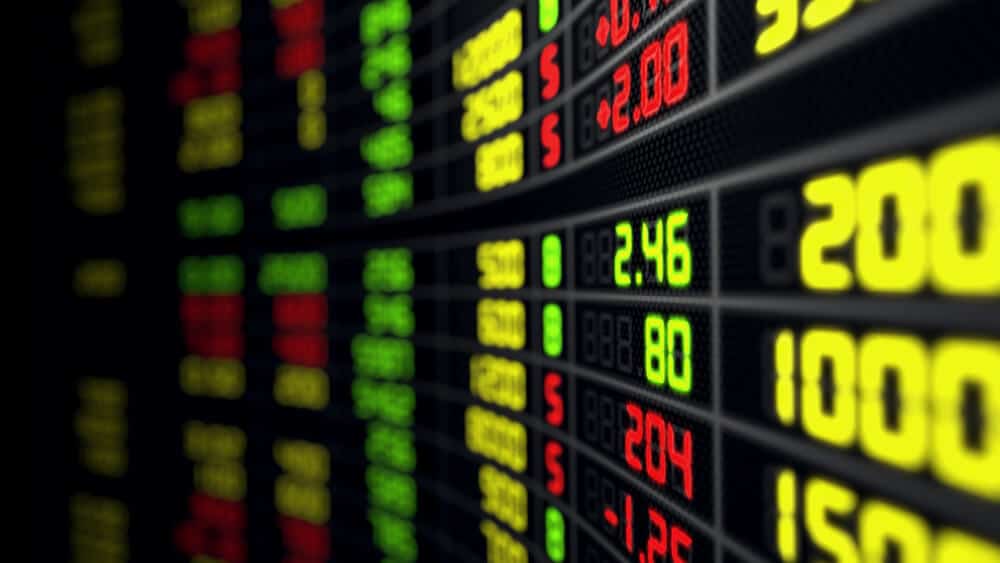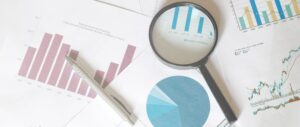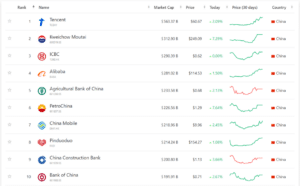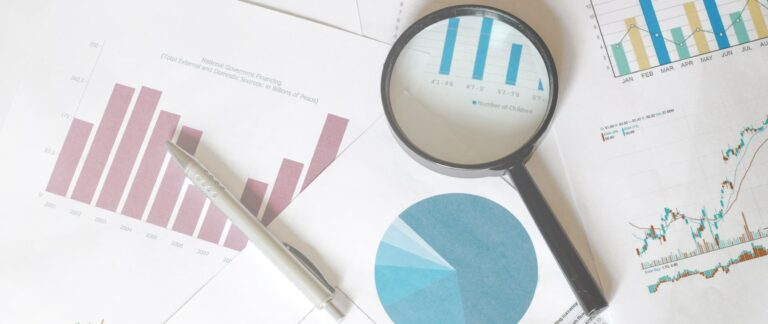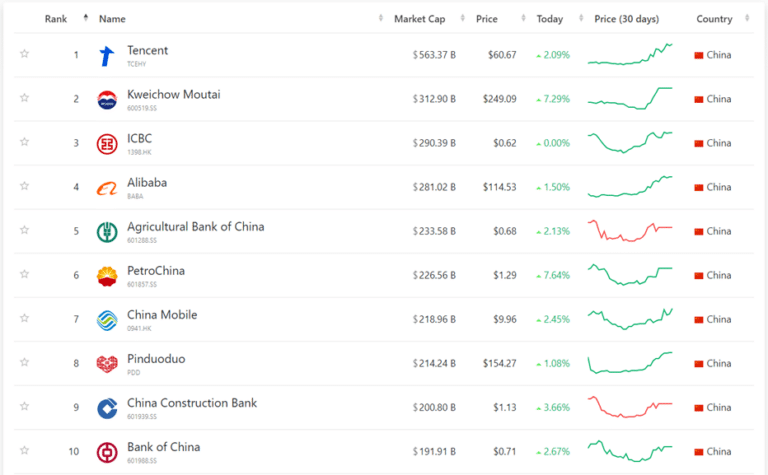In this article, we’ll explore the exciting world of bullish and bearish markets. Whether you’re a seasoned trader or just starting, understanding these market dynamics is crucial for success. So, buckle up and let’s dive in!
Table of Contents:
Key takeaways:
- A bullish market is characterised by upward momentum, rising prices, and optimism, while a bearish market sees downward momentum, falling prices, and pessimism. Understanding the differences is key.
- In a bullish market, traders should look to buy low and sell high – identifying upward trends and entering long positions. In a bearish market, traders can consider short selling or exiting positions to avoid losses.
- Risk management through stop losses, trailing stops, and careful monitoring of open trades is essential in both bullish and bearish conditions.
- Correction markets involve temporary reversals in a prevailing trend and present opportunities to enter at more favourable prices. Technical analysis can identify support and resistance levels.
- Being adaptable and employing the right strategies for changing market conditions, whether bullish or bearish, is key to trading success. Patience is also important when navigating corrections.
What is a Bullish and Bearish Market?
Picture this: you’re standing in a bustling marketplace, surrounded by traders eagerly buying and selling currencies. In this market, sentiment drives everything. A bullish market is like a charging bull, with optimism and upward momentum. Prices are rising, and traders are feeling bullish about the future.
Conversely, a bearish market is like a hibernating bear, characterised by pessimism and downward pressure. Prices are falling, and traders are cautious, expecting further declines.
The Differences Between the Two
Now, let’s break down the disparities between bullish and bearish markets:
– Sentiment: In a bullish market, traders are optimistic and confident, while in a bearish market, they’re more pessimistic and risk-averse.
– Price Movement: Bullish markets see prices rising, fuelled by buying pressure. In contrast, bearish markets witness prices falling due to selling pressure.
– Market Psychology: Bullish markets are marked by greed and FOMO (fear of missing out), while bearish markets are driven by fear and uncertainty.
How to Trade Forex Using a Bullish and Bearish Market
Let’s get to the good stuff – how to make those pips rain in bullish and bearish conditions!
Trading in a Bullish Market
In a bullish market, the mantra is simple: buy low, sell high. Look for currency pairs with strong upward momentum and positive economic indicators. Here’s how to capitalise on a bullish trend:
- Identify the Trend: Use technical analysis tools like moving averages or trendlines to confirm the uptrend.
- Enter Long Positions: Look for opportune moments to enter long positions, aiming to ride the upward wave.
- Set Stop Losses: Always protect your gains with stop-loss orders if the market reverses unexpectedly.
Trading in a Bearish Market
When the market turns bearish, it’s time to switch gears and adopt a defensive strategy. Here’s how to navigate a bearish market like a pro:
- Spot the Downtrend: Use technical indicators to confirm the downtrend and avoid catching falling knives.
- Short Selling: Consider short-selling currency pairs to profit from downward price movements.
- Manage Risk: Keep a close eye on your trades and use risk management tools like trailing stops to limit losses.
Trade Example in a Bullish Market:
Scenario: The European Central Bank (ECB) announces a stimulus package to boost the Eurozone economy, leading to a surge in optimism and bullish sentiment towards the euro.
- Identifying the Trend: After the ECB announcement, technical analysis tools like moving averages show a clear uptrend in the EUR/USD pair.
- Entering Long Position: As the EUR/USD pair continues to climb, we enter a long position at 1.1500, anticipating further upside momentum.
- Setting Stop Loss: To manage Risk, we set a stop-loss order at 1.1450, below the recent support level, to protect against sudden reversals.
- Managing the Trade: As the bullish momentum persists, we trail our stop-loss order higher, locking in profits as the EUR/USD pair climbs towards 1.1600.
Trade Example in a Bearish Market:
Scenario: Economic data from the United States reveals stronger-than-expected job growth, boosting the US dollar and leading to bearish sentiment towards the euro.
- Spotting the Downtrend: Following the positive economic data, technical indicators confirm a downtrend in the EUR/USD pair.
- Short Selling: With bearish momentum building, we decided to short-sell the EUR/USD pair at 1.1700, anticipating further downward pressure.
- Managing Risk: To mitigate Risk, we set a stop-loss order at 1.1750, above the recent resistance level, to limit potential losses if the market turns against us.
- Monitoring the Trade: As the bearish trend continues, we lower our stop-loss order, locking in profits as the EUR/USD pair declines towards 1.1600.
What is Correction?
A correction market, also known as a market correction, refers to a temporary reversal in the prevailing trend of a financial market. It’s like a “correction” to bring prices back to more sustainable levels after significant upward or downward movement.
In simpler terms, imagine you’re on a roller coaster. After a thrilling ascent or descent, the ride pauses momentarily before resuming its course. Similarly, in a correction market, prices take a breather from their recent trajectory, often retracing a portion of the preceding move.
Correction markets can occur in both bullish and bearish trends. In a bullish trend, a correction typically involves a temporary price pullback, allowing traders to enter positions at more favourable levels before the uptrend resumes. Conversely, a correction may see prices temporarily rebound in a bearish trend before continuing their downward trajectory.
These market corrections are a natural part of price movements. They are often driven by profit-taking, overbought or oversold conditions, technical indicators signalling a potential reversal, or fundamental shifts in market sentiment.
For traders, navigating correction markets requires patience and a keen understanding of market dynamics. It’s essential to differentiate between a correction and a trend reversal, as mistiming trades during a correction can lead to losses. Traders often use technical analysis tools, such as Fibonacci retracement levels or moving averages, to identify potential support or resistance levels where corrections stall and the trend resumes.
Trading Gold Using Bullish and Bearish Strategies
Using bullish and bearish market tactics, I’ve been trading gold for over a decade. When gold prices soar in a bullish market, I ride the uptrend, capitalising on the shiny metal’s allure. Conversely, I use short-selling strategies to profit from downward price movements in bearish markets.
One memorable experience was during the 2008 financial crisis when gold prices surged amidst market turmoil. I could ride the wave and secure substantial profits by identifying the bullish trend early on and entering long positions.
Similarly, during periods of economic stability, I’ve utilised bearish strategies to profit from gold’s price corrections. I’ve consistently grown my portfolio by staying nimble and adapting to changing market conditions.
The Importance of Understanding Bull and Bear Markets
Understanding bull and bear markets offers numerous benefits for investors. While various factors can influence daily, weekly, and monthly price fluctuations, having insight into broader market trends is invaluable.
It’s common knowledge that most investors don’t buy at the lowest point and sell at the highest. However, understanding bull and bear markets allows investors to take a more strategic approach. During corrective movements, when prices adjust, investors have opportunities to re-enter the market or initiate new positions, contributing to the continuation of the trend.
Moreover, shifting fundamentals constantly redefine the attractiveness of certain assets. What may have seemed unattractive before could become appealing, and vice versa. These dynamics, among others, ensure that markets are in a perpetual state of motion. However, the level of volatility may fluctuate over time.
Conclusion
In conclusion, mastering bullish and bearish markets is essential for success in forex trading. By understanding the dynamics of each market condition and employing appropriate strategies, you can confidently navigate the unpredictable world of forex.
Whether trading in a bullish frenzy or weathering a bearish storm, remember to stay disciplined, manage your Risk, and always keep learning. You can turn market volatility into profitable opportunities with the right mindset and approach.


